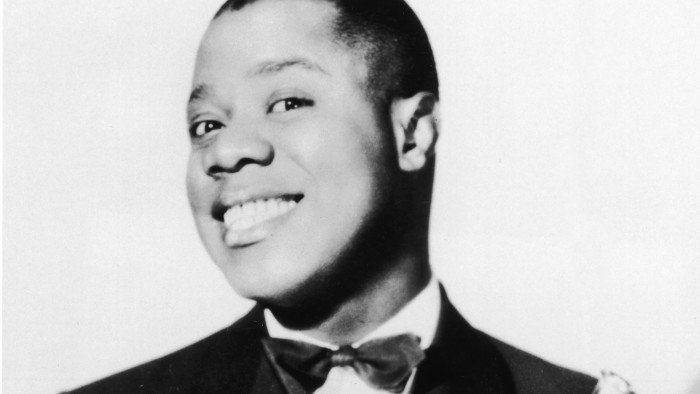The Life of a Song: ‘St James Infirmary’

Roula Khalaf, Editor of the FT, selects her favourite stories in this weekly newsletter.
In 1937 WH Auden returned disillusioned from the Spanish civil war. Soon he would move to the US, look back from “the dives/ On Fifty-second Street” on a “low dishonest decade”, and share a house with Gypsy Rose Lee. But while recuperating in England, he wrote comic poems that even his childhood friend, Christopher Isherwood, described as “heartless”. The titular heroine of “Miss Gee” lives a life of repression, “clothes buttoned up to her neck”. Somewhere in the gap between two stanzas she succumbs to cancer and ends up as the cadaver in an anatomy lesson. Auden blames her death on sexual unfulfilment.
But when Auden wrote these poems he mentally set them to popular blues songs he had heard in Berlin. “Miss Gee” he imagined to the tune of “St James Infirmary”. Read it with that funeral march in mind, and the leap up a perfect fourth in the second line of each stanza alchemises the heartlessness into gravity and pathos.
There were lots of recordings of “St James Infirmary” around in the 1930s, but Auden would have best known the one that Louis Armstrong and his Savoy Ballroom Five had recorded in December 1928. It begins with an ominous mourning chorus of brass, then a piano vamp that leads into the sung narrative about a lover lying stretched out dead on a “long white table/so sweet, so cold, so fair”. We are never told why the woman has died. “Let her go, let her go, let her go”, sings Armstrong — and then, again with no explanation, the story twists into a contemplation of the narrator’s own forthcoming death. It is a sombre mystery story. For clues, we have to go back further.
In 1928, the song was already more than a century old. It started life as the 18th-century London broadside ballad, “The Unfortunate Rake”, in which a soldier encountered outside “St James Hospital” predicts his own death from syphilis. “Had she but told me before she disordered me/ Had she but told me of it in time/ I might have got pills and salts of white mercury/ But now I’m cut down in the height of my prime.” (How unlike the home life of our own Miss Gee.) In the transition to the New World, most of the features of the song — apart from the reference to St James — mutated. Armstrong implicitly set his Dixie-flavoured version in New Orleans where he had grown up.

New Orleans musicians from Dr John to Allen Toussaint have made their own big, easy recordings. Twenty-first century versions are still coming. Van Morrison’s is pure Celtic mysticism; Hugh Laurie growls along with his piano; folk singer Sarah Gillespie is borne along by a martial snare tattoo, leaving room for Gilad Atzmon’s wild clarinet solo. Armstrong recorded it again in 1959 for the album Satchmo Plays King Oliver, with his trumpet still magisterial.
In 1983 Bob Dylan went to the song for succour, adapting the tune for the long-unreleased “Blind Willie McTell”, a meditation on the legacy of slavery and dispossession stretching “all the way from New Orleans/ To Jerusalem”. On the “official” bootleg version Dylan strikes tentative gospel piano chords while Mark Knopfler follows him even more self-effacingly on acoustic guitar. Other bootlegs have full band versions that lock into an easy swing with a heartlessness Auden may have recognised. In the last verse the ghost of the original song wakes. The music suddenly swells up to find Dylan “gazing out the window/of the St James Hotel” — gazing, again, at centuries of repressed history.
For more in the series, as well as podcasts with clips from the songs, visit ft.com/life-of-a-song
Photograph: Getty Images
Comments